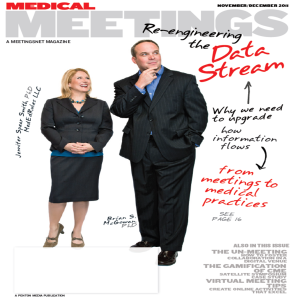RESOURCE: Coursera’s fee-based course option | Inside Higher Ed
RESOURCE: The Spread of Alcohol Consumption Behavior in a Large Social Network
RESOURCE: The Spread of Obesity in a Large Social Network over 32 Years
RESOURCE: @BrianSMcGowan Tweet Archive: Q4 2012
RESOURCE: Trends in Twitter Use by Physicians at the American Society of Clinical Oncology Annual Meeting, 2010 and 2011
RESOURCE: An Interactive Internet-Based Continuing Education Course on Sexually Transmitted Diseases for Physicians and Midwives in Peru
Set-it-and-forget-it Social Learning Tools via MyPubMed
I took the time a few years ago to set up a series of saved searches using PubMed. The fact that I was able to do this quite effectively despite not being a medical librarian plus having to navigate Pubmed’s less-than-perfect interface, suggests that you could probably do it too!
As a result, several time a week I receive an alert to all of the new publications that may be relevant to my search. Some days I have a chance to peruse them, some times I do not, but on most Mondays I enjoy flipping through a list of ‘What’s new in medical education?” or “What’s new in social media AND learning?” as I am enjoying my breakfast. The beauty is that I have leveraged a set-it-and-forget-it tool
RESOURCE: The blow-by-blow reporting on the IOM's Learning Healthcare System simulcast
CLASSIC POST: Re-engineering the Data Stream from Meetings to Medical Practices
Here is a brief excerpt from our latest Medical Meetings cover story:

For some in the medical community, the frustrations and the inadequacies of the CME system described above are glaring, and many have begun to engineer their own personal workarounds. But homegrown efforts and small peripheral technology solutions aren’t going to fix the inefficiencies and failures of the current knowledge stream.
While “need” and “education” are defined locally, an efficient flow of new medical information into practice requires a re-engineering of the very system of data collection, review, publishing, and subsequent dissemination and education. This means the central players in the medical community—the societies, associations, research institutions, and educational providers—must evolve as well, embracing the parallel movements of rapid-learning healthcare systems and social learning.
